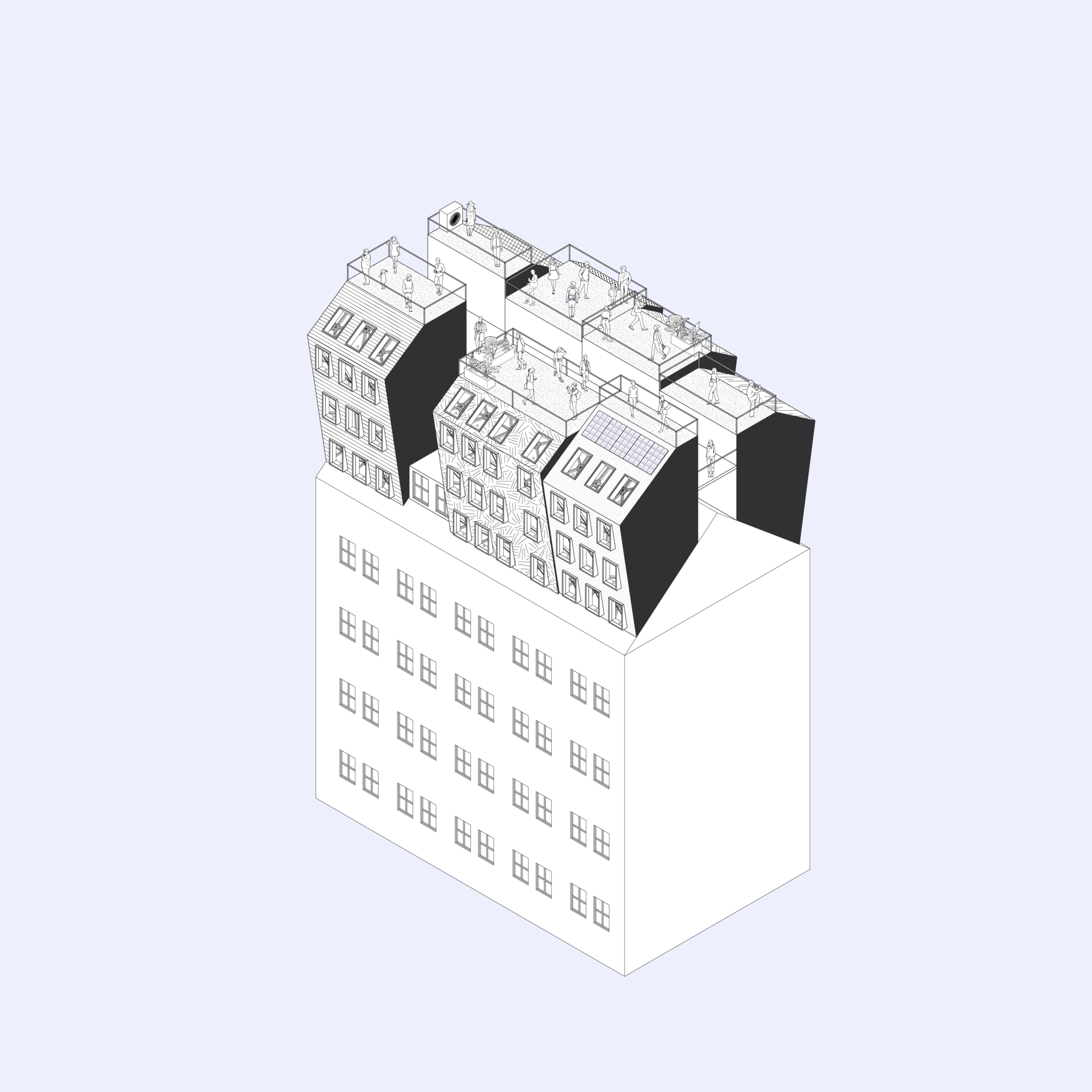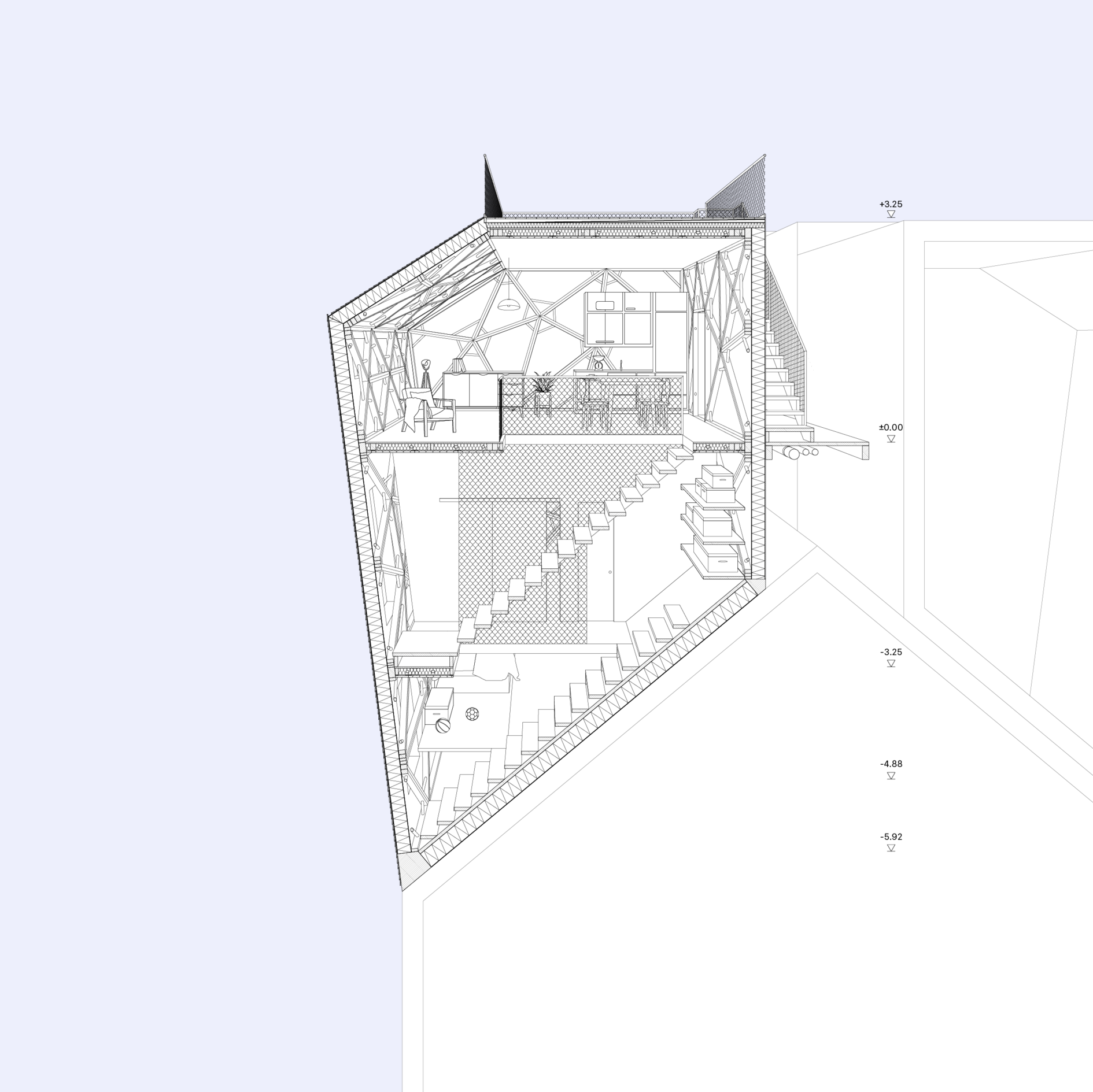In times of limited resources, growing cities, and a changing world, weeding out outdated answers to new questions is a cardinal task of architecture.
Especially in cities, space is limited, and space does not equal space. Development in the outer parts with new infrastructure has vastly different consequences than densification on inner-city plots. In the case study city of Berlin, the population has continuously been increasing for the past decade while housing production has stalled and prices for land, real estate, and rented apartments skyrocket.
As a result, former inhabitants are displaced to less-connected areas, and new construction henceforth is rarely targeted at the average citizen. Arguing along the lines of Lefebvre‘s Right to the City, the gentrification and commodification of space should be resisted and counteracted. Reshaping and creating new, affordable living spaces in the central districts is imperative to a healthy density, effective use of established infrastructure, and preserving the myriad of functions, demographics, and classes that constitute a vibrant city. While this is primarily a question of planning, regulations, and politics, architecture too can contribute to turning things around.
The thesis decidedly adds to this discourse by investigating the potential of living on pitched roofs - enabled through consistent application of digital design and fabrication. This unlocks a new way of densification inside the existing urban fabric across the whole city without further sealing soils - essentially creating New Ground.

